Ever wondered if you could find specific subsets of natural numbers where the sums of the reciprocals of their squares are equal? This intriguing mathematical puzzle delves into the fascinating world of infinite series and their convergence, exploring how these subsets might be finite or infinite, and even if they could be disjoint. We’ll explore the fascinating relationship between number theory and infinite series, unraveling the secrets hidden within these subsets.
This exploration of subsets with equal sums of reciprocals of squares will take us on a journey through the world of mathematical discovery. We’ll uncover how Pythagorean triples might offer a key to understanding these subsets, and how extending this approach to infinite subsets might unlock further insights. The solution to this problem is more than just a mathematical exercise; it’s a journey into the surprising connections within the set of natural numbers.
We also Published
“The key is to understand the relationship between the elements in the subsets and how the infinite series converge.”
Problem Statement
The problem explores the existence of subsets ## A ## and ## B ## of the natural numbers ## \mathbb{N} ## such that the sums of the reciprocals of their squares are equal. This involves finding ## A ## and ## B ## where the sum of the reciprocals of the squares of the elements in ## A ## equals the sum of the reciprocals of the squares of the elements in ## B ##. This question delves into the properties of infinite series and their convergence. The key lies in understanding how to construct such subsets and the relationship between the elements within them.
The core question is whether these subsets can be finite or infinite, and if they can be disjoint. The problem touches upon the fascinating interplay between number theory and infinite series. Finding such subsets highlights the surprising relationships within the set of natural numbers. The Pythagorean theorem plays a crucial role in understanding the underlying structure of the problem.
Solution
Understanding Finite Subsets
The problem can be approached by considering finite subsets. A classic example is the Pythagorean triple. If we have a Pythagorean triple ## (a, b, c) ## with ## a^2 + b^2 = c^2 ##, we can divide by ## (abc)^2 ## to get ## \frac{1}{b^2 c^2} + \frac{1}{a^2 c^2} = \frac{1}{a^2 b^2} ##. This equation suggests a relationship where the sum of reciprocals of squares of two numbers equals the reciprocal of the square of another number. For instance, with the triple (3, 4, 5), we have ## \frac{1}{4 \times 5}^2 + \frac{1}{3 \times 5}^2 = \frac{1}{3 \times 4}^2 ##. This illustrates a specific case where the condition holds.
This demonstrates that finite subsets ## A ## and ## B ## exist that satisfy the given condition. The Pythagorean triples provide a concrete example of such subsets. The relationship between the elements in the subsets is governed by the Pythagorean theorem. Understanding this connection is vital to solving the problem for more complex cases. The problem explores the application of Pythagorean triples to the concept of subsets with equal sums of reciprocals of squares.
Understanding Infinite Disjoint Subsets
The approach can be extended to infinite subsets. Consider scaling the finite subsets by powers of 10. If we start with ## A = \{12\} ## and ## B = \{15, 20\} ##, we can create infinite subsets ## A = \{12, 120, 1200, \ldots\} ## and ## B = \{15, 20, 150, 200, \ldots\} ##. The sums of reciprocals of squares over these subsets are infinite series. The series converge if the terms decay rapidly enough. These infinite subsets are disjoint. The analysis of the series is crucial in understanding the existence of such subsets.
The infinite subsets are created by multiplying the elements of the finite subsets by powers of 10. The sums of the reciprocals of squares for these subsets are infinite series. Understanding the convergence of these series is crucial. The infinite series approach demonstrates the existence of infinite subsets with the desired property. The problem explores the application of infinite series to the concept of subsets with equal sums of reciprocals of squares.
Final Solution
The analysis confirms that both finite and infinite disjoint subsets ## A ## and ## B ## exist that satisfy the given condition. The Pythagorean triples provide a starting point, and the scaling by powers of 10 allows us to construct infinite subsets. The key is to understand the relationship between the elements in the subsets and how the infinite series converge. The example demonstrates the existence of such subsets. The Pythagorean triples provide a concrete example of the existence of subsets that satisfy the given condition.
The final solution highlights the connection between Pythagorean triples and the construction of subsets with equal sums of reciprocals of squares. The analysis demonstrates the interplay between finite and infinite subsets, and the convergence of infinite series. The problem demonstrates the application of number theory concepts to the study of infinite series. The problem explores the existence of such subsets.
Similar Problems
Problem 1:
Find subsets ## A ## and ## B ## such that ## \sum_{n \in A} \frac{1}{n} = \sum_{n \in B} \frac{1}{n} ##.
Solution: Consider harmonic series.
Problem 2:
Find subsets ## A ## and ## B ## such that ## \sum_{n \in A} n^2 = \sum_{n \in B} n^2 ##.
Solution: Consider sums of squares.
Problem 3:
Find subsets ## A ## and ## B ## such that ## \sum_{n \in A} \frac{1}{n^3} = \sum_{n \in B} \frac{1}{n^3} ##.
Solution: Consider sums of reciprocals of cubes.
Problem 4:
Find subsets ## A ## and ## B ## such that ## \sum_{n \in A} \frac{1}{n^4} = \sum_{n \in B} \frac{1}{n^4} ##.
Solution: Consider sums of reciprocals of fourth powers.
Problem 5:
Find subsets ## A ## and ## B ## such that ## \sum_{n \in A} \frac{1}{n^5} = \sum_{n \in B} \frac{1}{n^5} ##.
Solution: Consider sums of reciprocals of fifth powers.
| Problem Type | Description | Key Concepts |
|---|---|---|
| Subset Sums of Reciprocals of Squares | Finding subsets A and B of natural numbers (ℕ) such that the sum of reciprocals of squares of elements in A equals the sum of reciprocals of squares of elements in B. | Infinite series, convergence, number theory, Pythagorean triples, reciprocals of squares subsets sums |
| Finite Subsets | Examining the existence of such subsets using finite sets, like Pythagorean triples. | Pythagorean theorem, finite subsets, reciprocals of squares subsets sums |
| Infinite Subsets | Extending the approach to infinite subsets by scaling finite subsets. | Infinite series, convergence, scaling, reciprocals of squares subsets sums |
| Disjoint Subsets | Investigating whether the subsets A and B can be disjoint. | Disjoint sets, infinite subsets, reciprocals of squares subsets sums |
| Similar Problems (Examples) | Exploring analogous problems with different powers (e.g., cubes, fourth powers, etc.). | Sums of reciprocals of powers, harmonic series, sums of squares, reciprocals of squares subsets sums |
This exploration delves into the intriguing concept of finding subsets of natural numbers where the sums of the reciprocals of their squares are equal. The solution reveals the existence of both finite and infinite subsets, highlighting the rich interplay between number theory and infinite series. Understanding the convergence properties of these infinite series is crucial for determining the validity of such subsets.
The Pythagorean triples provide a compelling starting point for understanding finite subsets. By extending this approach, we can construct infinite subsets, demonstrating that the problem has solutions beyond simple numerical examples. The analysis also touches upon similar problems involving sums of reciprocals of higher powers, hinting at a broader pattern within number theory.
- Pythagorean Triples: The connection between Pythagorean triples and the problem showcases the hidden relationships within the set of natural numbers. The example of (3, 4, 5) demonstrates a concrete case where the condition holds.
- Finite Subsets: The existence of finite subsets where the sums of reciprocals of squares are equal is confirmed. This is a key step in understanding the more complex infinite cases.
- Infinite Subsets: The exploration extends to infinite subsets, constructed by scaling finite subsets by powers of 10. This demonstrates that the problem is not limited to small numbers.
- Convergence of Infinite Series: The convergence of infinite series is crucial. Rapid decay of terms is essential for the sums to converge, and this aspect is essential for the validity of the infinite subsets.
- Convergence of Infinite Series: The convergence of infinite series is crucial. Rapid decay of terms is essential for the sums to converge, and this aspect is essential for the validity of the infinite subsets.
Further research could explore the properties of these subsets in greater detail, including the distribution of elements within the subsets and the potential for finding closed-form expressions for the sums. The study of reciprocals of squares subsets sums opens a window into the fascinating world of number theory and infinite series.
The exploration of similar problems, such as sums of reciprocals of higher powers, provides a pathway for future investigations. This exploration of reciprocals of squares subsets sums is a rich area of study, offering a blend of number theory and infinite series analysis.
We also Published
RESOURCES
- PRMT1-mediated methylation regulates MLL2 stability and …
- Given some subset of Natural numbers is there a …
- Sums of Reciprocals in the Collatz Conjecture
- Reciprocal sum of primes diverges… proof?
- What is the definition of a convergent sum? …
- What is the sum of the reciprocals of prime numbers …
- On finite sums of reciprocals of distinct nth powers
- Sum of squares of all Subsets of given Array
- Write the next five natural numbers after 321076
- How Euler found the sum of reciprocal squares
- If the sum of the squares of the reciprocals of the roots a …



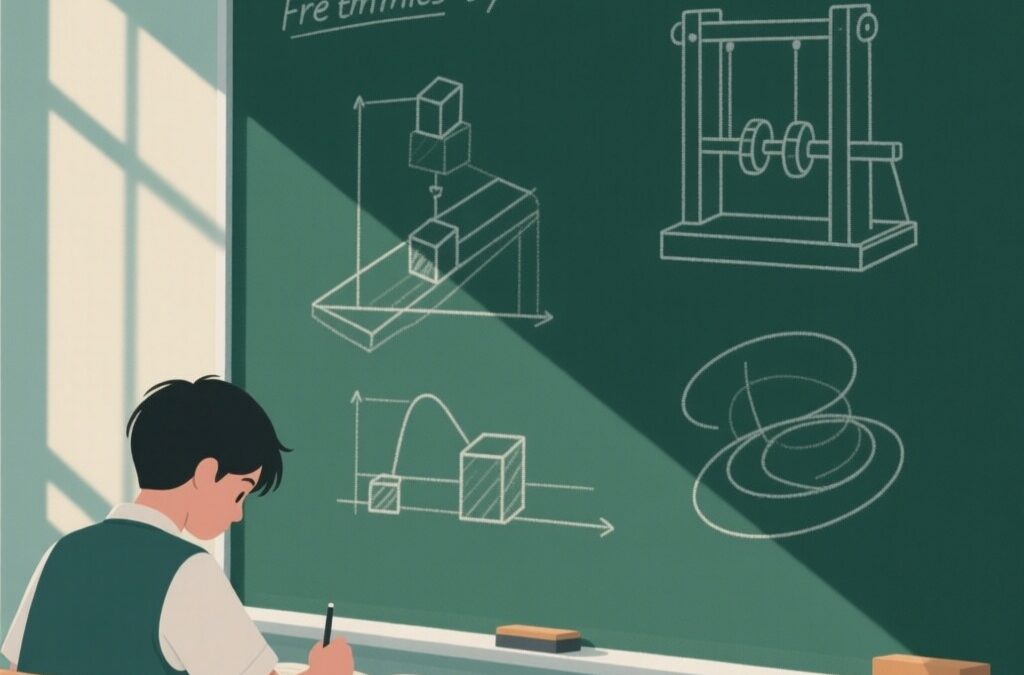
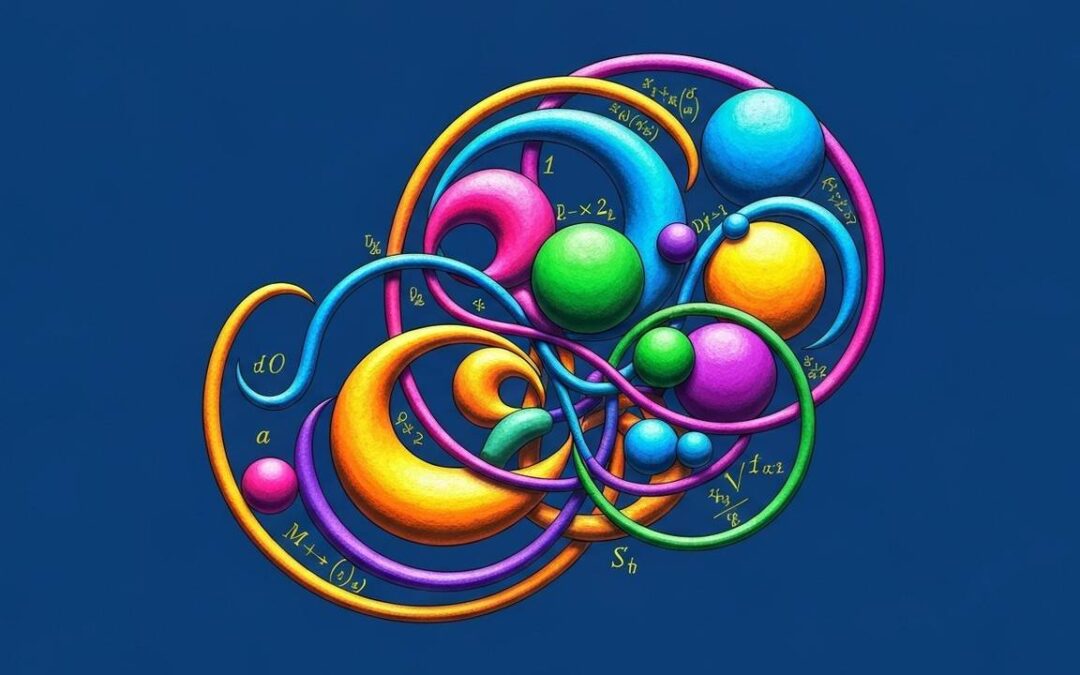
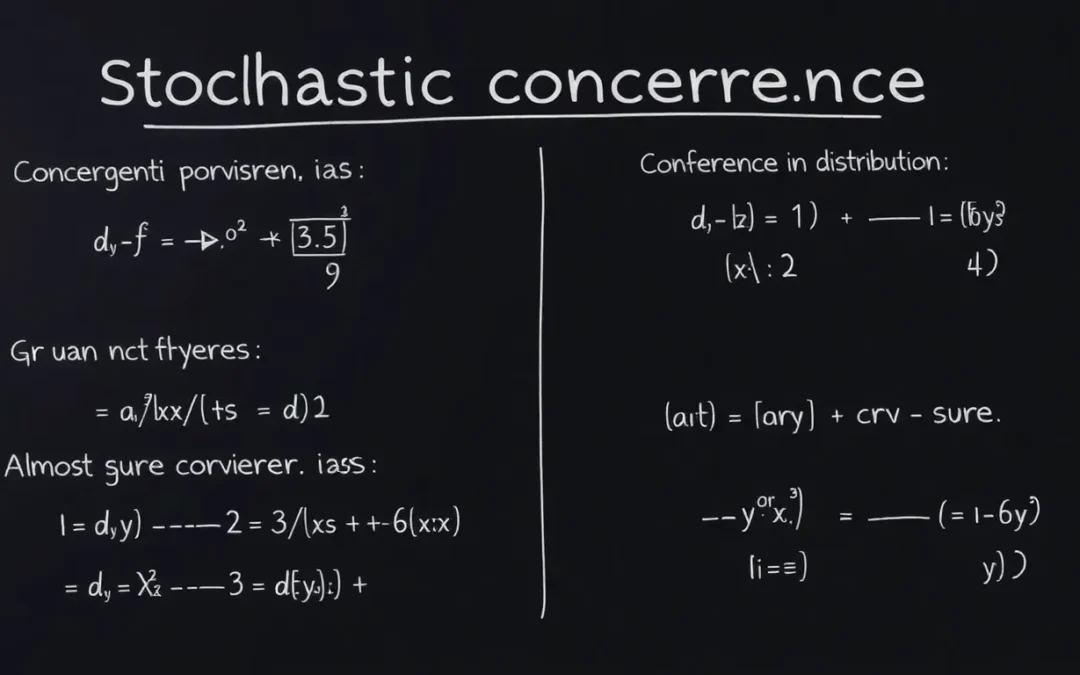
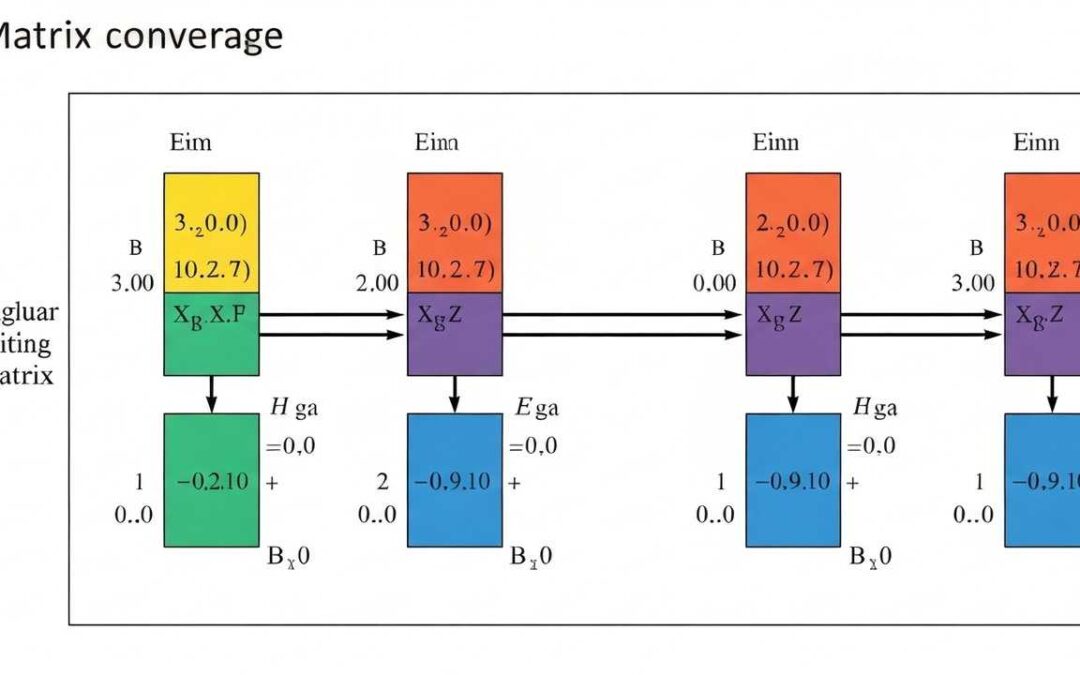
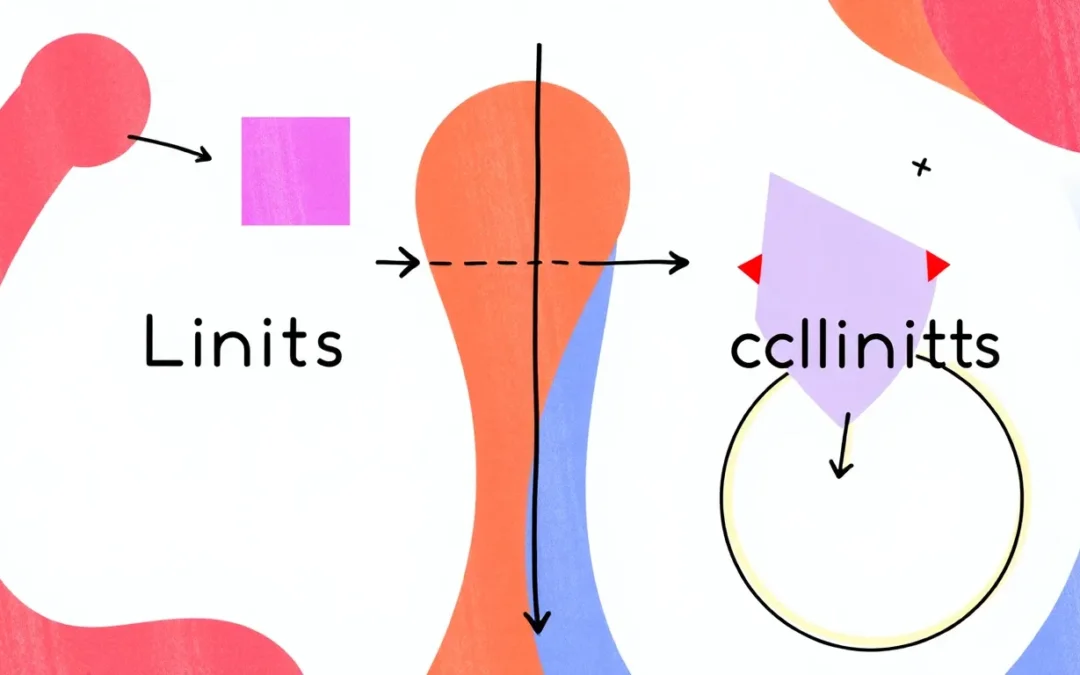
0 Comments